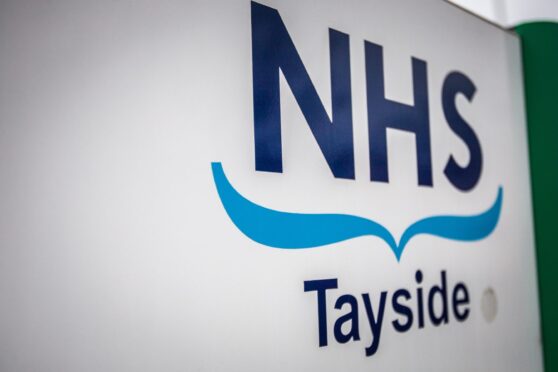NHS Tayside has apologised for failings which led to a patient’s death after being discharged “too soon”.
The unnamed patient had been admitted to hospital suffering from a complication of pancreatitis but was discharged after a drain was inserted.
A few days later they were re-admitted with as an emergency patient with a “significant infection” and died shortly after.
The Scottish Public Services Ombudsman (SPSO) has instructed the health board to apologise and make changes.
NHS Tayside patient died due to ‘significant infection’
A child of the patient complained to the regulator about the care and treatment provided to their parent.
The patient was first admitted to hospital with an infection of the gallbladder.
A Magnetic Resonance Cholangiopancreatography (MRCP) – an MRI scan of the gall bladder – was ordered and gallstones were found to be present.
The patient did not hear from the hospital for several months following the scan until they proactively chased a response.
NHS Tayside later confirmed that the MRCP report had not been provided to the consultant who had ordered the test.
The patient was then admitted for a Endoscopic Retrograde Cholangiopancreatography (ERCP) – a procedure combining an endoscopy and X-rays to examine and treat conditions of the bile and pancreatic ducts – and discharged the following day.
They were admitted again a few weeks later suffering from a complication of pancreatitis and a drain was inserted, but were discharged to be seen again as an out-patient.
They died a few days later after being re-admitted as an emergency patient due to the infection.
The complainant questioned whether the delay between procedures led to their parent’s death.
They also complained about the general standard of care.
Patient was discharged ‘too soon’ despite pancreatitis
The SPSO found failings in both NHS Tayside‘s paper and electronic reporting systems, following independent advice from a consultant general surgeon with a specialist interest in upper gastrointestinal problems.
Despite this, the regulator decided that the delay did not lead to a worse outcome.
The SPSO added: “However, we were critical of the care provided to A (the patient) following the ERCP procedure.
“We also found that A was discharged too soon, despite having developed pancreatitis, against both local policies and clinical best practice.
“We considered that A should have been admitted for longer, under the care of the original consultant, and that better initial care for A may have facilitated earlier intervention to possibly allow for their ultimate recovery.”
The complaint was upheld.
The ombudsman also said the complaint had not been handled in line with the health board’s complaints handling procedure with respect to timescales.
The initial investigation had not identified issues with post-ERCP care.
NHS Tayside apologised to patient’s family
Recommendations included apologising to the patient’s family for the failings identified.
The SPSO also asked NHS Tayside to make changes to put things right in future.
These were as follows:
- Patients receiving scans should have their scans reported to the relevant and appropriate clinicians, reviewed, and followed up without delay.
- Patients should be under the care of the appropriate medical team during their admission and any decision in relation to discharge should be taken by the appropriate medical team with appropriate account taken of local protocols and management pathways.
- There should be appropriate learning from serious events that ensure failings are identified and addressed and appropriate learning and practice improvements are made.
In relation to complaints handling, the body recommended that issues should be fully investigated and addressed.
A spokesperson for NHS Tayside said: “We have already apologised to the family and our thoughts remain with them.
“An action plan in place to address the remaining outstanding recommendations and we are in continued contact with the SPSO.”











Conversation